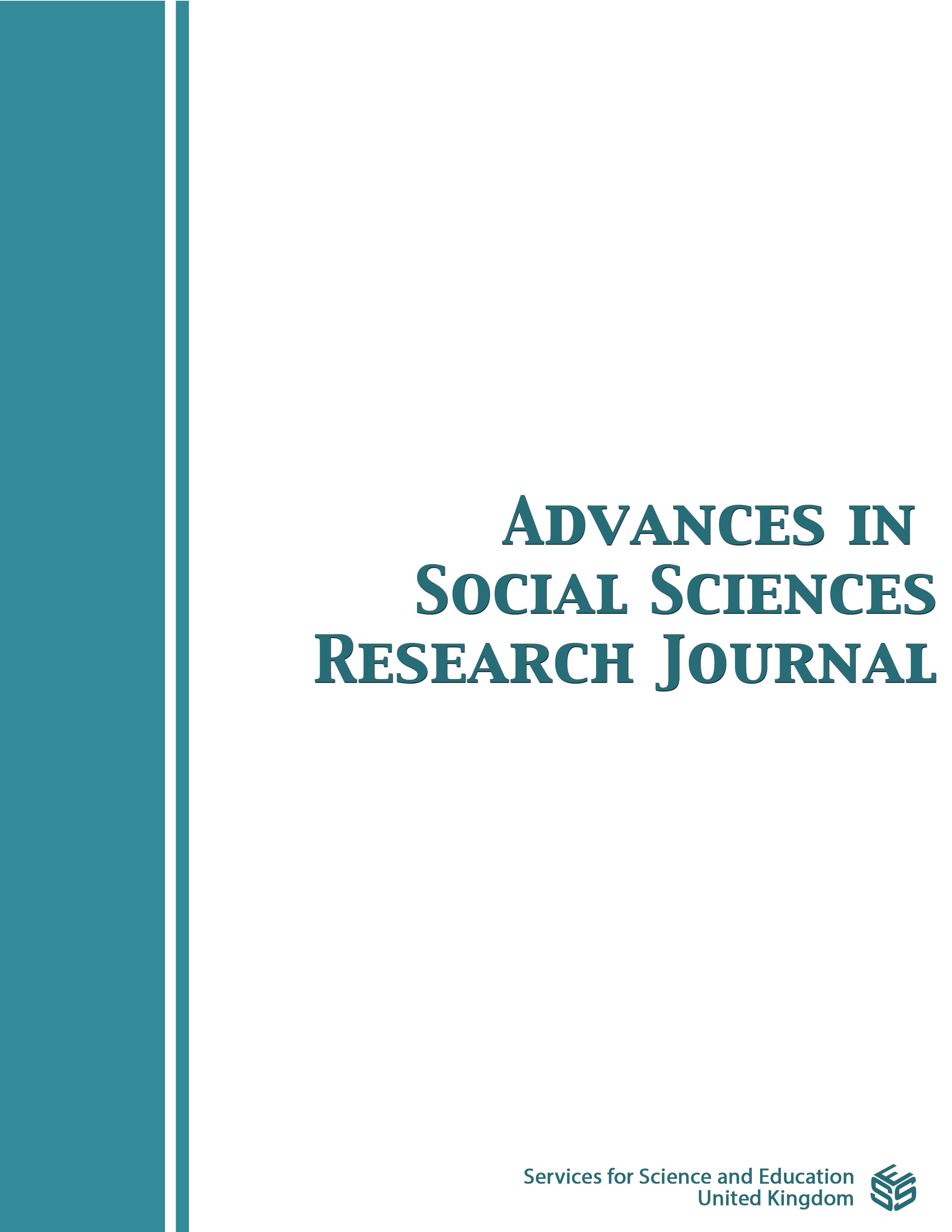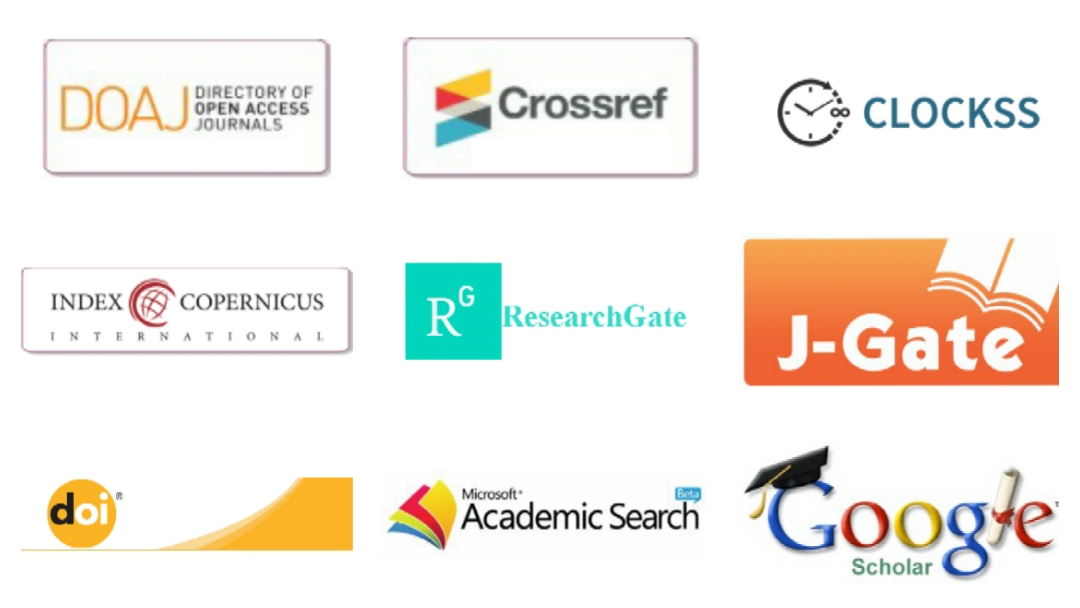A Conceptual Framework for the Impact of Junior Achievement-Company Program on School Students' Entrepreneurial Intention in Oman
DOI:
https://doi.org/10.14738/assrj.1205.18713Keywords:
Entrepreneurship education, Entrepreneurial intention, Junior Achievement-Company Program, School students, Ajzen’s Theory of Planned BehaviorAbstract
The fundamental purpose of this research is to provide a conceptual framework on the impact of the Company Program on students' entrepreneurial intention as it has been intended to stimulate students' motivation to be engaged in self-employment in the future. This research was motivated by the significance of effective entrepreneurship education in fostering students’ intention into the world of business. Thus, entrepreneurship education in the school system is becoming a necessity. The Company Program is an entrepreneurship education initiative designed by Junior Achievement Worldwide to provide students an opportunity for experiential learning to start and manage their own mini companies. The present literature reveals that reliable entrepreneurship education has a vivid role on fostering students’ intention towards entrepreneurship. This paper adopts Ajzen’s Theory of Planned Behavior which approves three antecedents of attitudes, subjective norms, and perceived behavioral control to determine individuals’ intentions. Therefore, this research proposes that the Company Program has a positive impact on students' entrepreneurial intention in the Omani schools including the three determinants of attitudes, subjective norms, and perceived behavioral control.
Downloads
Published
How to Cite
Issue
Section
License
Copyright (c) 2025 Zahran Abdulwahad Al Harrasi, Mass Hareeza Ali

This work is licensed under a Creative Commons Attribution 4.0 International License.
Authors wishing to include figures, tables, or text passages that have already been published elsewhere are required to obtain permission from the copyright owner(s) for both the print and online format and to include evidence that such permission has been granted when submitting their papers. Any material received without such evidence will be assumed to originate from the authors.






